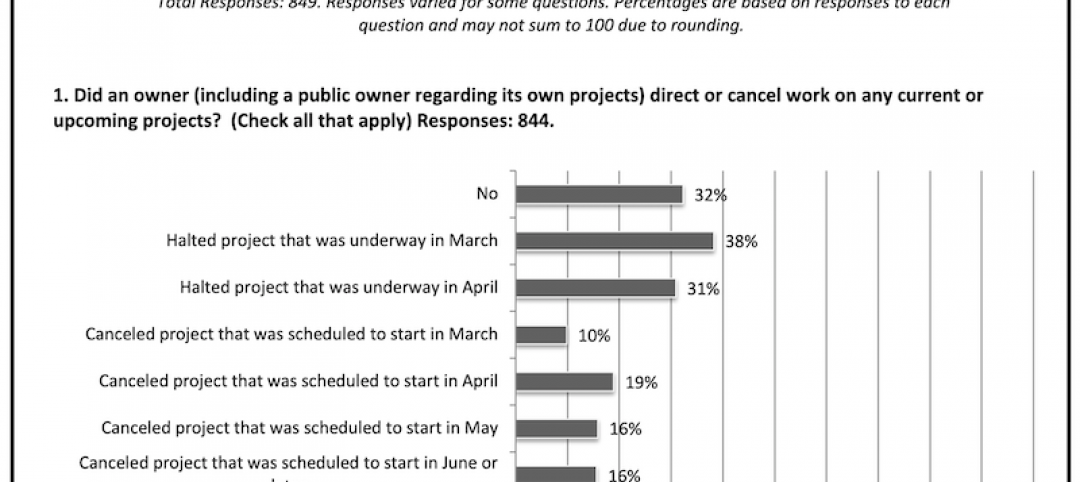Before you get your shorts in a knot, I have nothing against science, technology, engineering, or even mathematics; to the contrary, I love all four “STEM” disciplines (I’m lying about the math).
But I question whether we need to be building K-12 schools that overly emphasize or are totally devoted to STEM.
My concern about STEM schools arises from reading a brilliant article in IEEE Spectrum, the publication of the Institute of Electrical and Electronics Engineers, in which the author, Robert N. Charette, presents the argument that “The STEM Crisis Is a Myth.”
This is not a popular position. The U.S. and other governments say we’re falling behind in producing STEM professionals for industry and national defense. The President’s Council of Advisors on Science & Technology says we need a million new STEM graduates, and Mr. Obama wants 100,000 more STEM-trained teachers by 2020.
The U.K.’s Royal Academy of Engineering is calling for 100,000 more STEM graduates a year till 2020. Germany and India have voiced similar concerns about STEM graduate shortfalls.
These outcries about the so-called “STEM crisis” have pushed down to the K-12 school level, where some school districts are devoting whole schools at the primary, middle, and high school levels to STEM-based curricula. Your firm may be designing or building such facilities.
Here’s the problem: We don’t need to pump up our production of STEM professionals; in fact, we have an oversupply. Charette estimates the surplus of STEM college graduates to be something like 70,000, not counting those with advanced degrees or foreign H-1B visa holders.
At the risk of oversimplifying Charette’s extremely sophisticated analysis—a 33-year member of the IEEE Computer Society, the self-described “risk ecologist” culled through hundreds of articles, white papers, and reports to prepare his brief—he notes that, of the 7.6 million STEM workers counted by the Commerce Department, only 3.3 million hold STEM degrees. Conversely, 15 million U.S. residents hold at least a BS degree in a STEM discipline, but 11.4 million—three-fourths—don’t hold STEM jobs.
As Charette says, “At least in the United States, you don’t need a STEM degree to get a STEM job, and if you do get a degree, you won’t necessarily work in that field after you graduate.” So why the big push to get more STEM graduates? And why emphasize STEM at the K-12 level?
Charette traces the STEM myth back to 1945, with White House science advisor Vannever Bush warning about a “serious deficit” of scientists in the postwar period. The Cold War heightened the scare, and the USSR’s launch of Sputnik in 1957 led to the space race and the creation of NASA.
Today, major tech corporations like Boeing, Symantec, and Microsoft keep beating the STEM-shortage drum, even though engineering salaries have not risen commensurately with the alleged shortage of talent.
We don’t need STEM schools in this country. We need schools that meet the needs of the whole child. As Charette notes, “Rather than spending our scarce resources on ending a mythical STEM shortage, we should figure out how to make all children literate in the sciences, technology, and the arts to give them the best foundation to pursue a career and then transition to new ones.” STEM, yes, but equally with the arts.
Send comments to: rcassidy@sgcmail.com
More from Author
Rob Cassidy | Mar 30, 2020
Your turn: Has COVID-19 spelled the death knell for open-plan offices?
COVID-19 has designers worrying if open-plan offices are safe for workers.
Rob Cassidy | Mar 25, 2020
Coronavirus pandemic's impact on U.S. construction, notably the multifamily sector - 04-30-20 update
Coronavirus pandemic's impact on U.S. construction, notably the multifamily sector - 04-30-20 update
Rob Cassidy | Nov 20, 2019
Word of the Year: "climate emergency," says the Oxford English Dictionary
The Oxford Word of the Year 2019 is climate emergency.
Rob Cassidy | Nov 8, 2019
The Peloton Wars, Part III - More alternatives for apartment building owners
ProForm Studio Bike Pro review.
Rob Cassidy | Nov 1, 2019
Do car-free downtown zones work? Oslo, yes; Chicago, no
Two recent reports (October 2019) explore whether car-free downtowns really work, based on experience in Oslo, Norway, and Chicago.
Rob Cassidy | Oct 9, 2019
Multifamily developers vs. Peloton: Round 2... Fight!
Readers and experts offer alternatives to Peloton bicycles for their apartment and condo projects.
Rob Cassidy | Sep 4, 2019
Peloton to multifamily communities: Drop dead
Peloton will no longer sell its bikes to apartment communities.
















